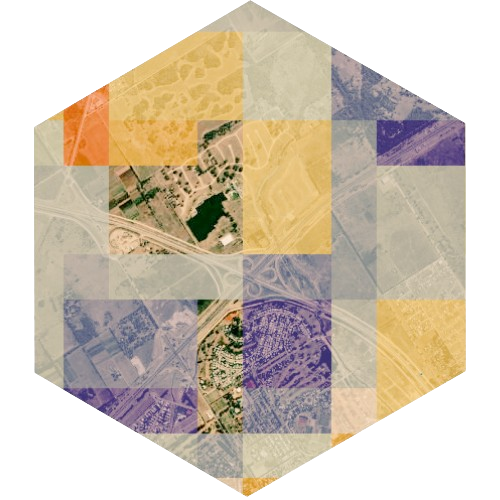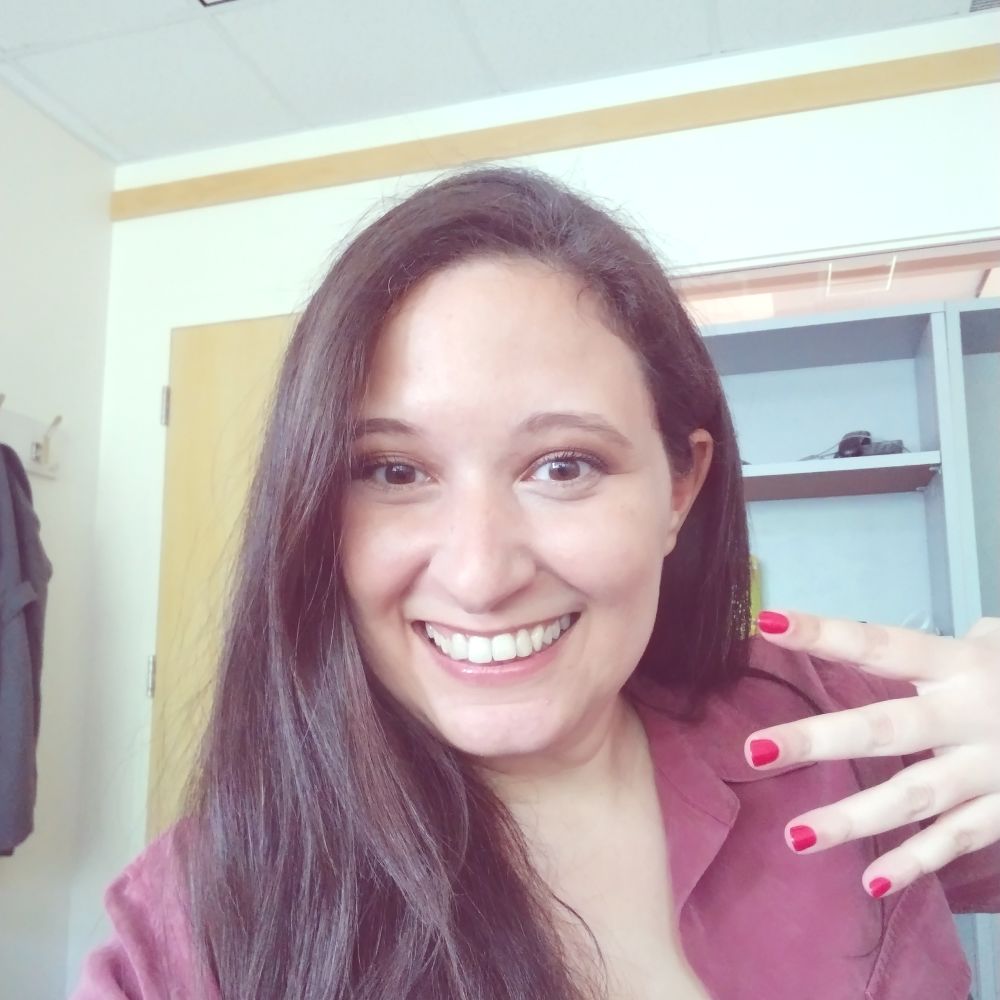
Projecting Human Mobility and Disease Data to Support Decision-Making
Paul Allen School of Medicine | Washington State University
Presented by Dr. Florencia D’Andrea
Welcome!
Slides: https://fernandez-lab-wsu.github.io/geocovid-slides/slides.html

This material is licensed under a Creative Commons Attribution 4.0 International License.
Disclaimer ⚠️
This talk is about research software development

Eco-epidemiology of Zoonotic Diseases Lab
Washington State University
System thinking approach to integrate the human and ecological components that determines the emergence and persistence of zoonotic diseases.

COVID-19
The human behavioral component is recognized as an influential factor in virus dispersion
Map how human mobility changes in space depending on the quarantine and how that correlated with COVID-19 cases.
🇦🇷 Argentina ➡️ Strict quarantine

Image Source: Clarin newspaper
COVID-19
The human behavioral component is recognized as an influential factor in virus dispersion
Isolation established by the Argentine government
- Phase 1: Strict isolation.
- Phase 2: Managed isolation.
- Phase 3: Isolation by geographic segmentation.
- Phase 4: Isolation with progressive reopening.
- Phase 5: Last phase search to re-establish new normality.
Objectives 🎯
Create tools to map citizen mobility and monitor how decision-making affects the distribution of COVID-19 cases in the province of Buenos Aires, Argentina.
- A software package to convert citizen mobility data to raster images.
- A dashboard to provide a quick overview, enabling the monitoring of decisions while considering the spatial dynamics of data.
What data can we use to analyze citizen mobility in the territory?
What data can we use to analyze citizen mobility in the territory?
Meta/Facebook Mobility Data is available to researchers through the Data4Good Partner Program


Facebook Mobility Data
How is the data obtained?
- Mobile devices with a Meta app installed
- Meta/Facebook users location ➡️ latitude and longitude at a given time.
- Measures applied to the data to ensure privacy and anonymity.

Facebook Mobility Data
What data do researchers receive?
Mapped using a Bing tile architecture ➡️ users are assigned to individual tiles.
Data is provided in 8-hour time periods ( 0hs - 8hs / 8hs - 16hs / 16hs - 0hs ).
Variable
percent_change: relative change in mobility compared to a baseline period.

Facebook Mobility Data
From QuadKeys to raster images
The tiles can have different sizes, producing maps with varying level of detail.

QuadKeys represent a location on a map by encoding its hierarchical spatial position as a sequence of characters.
Facebook Mobility Data
From QuadKeys to raster images
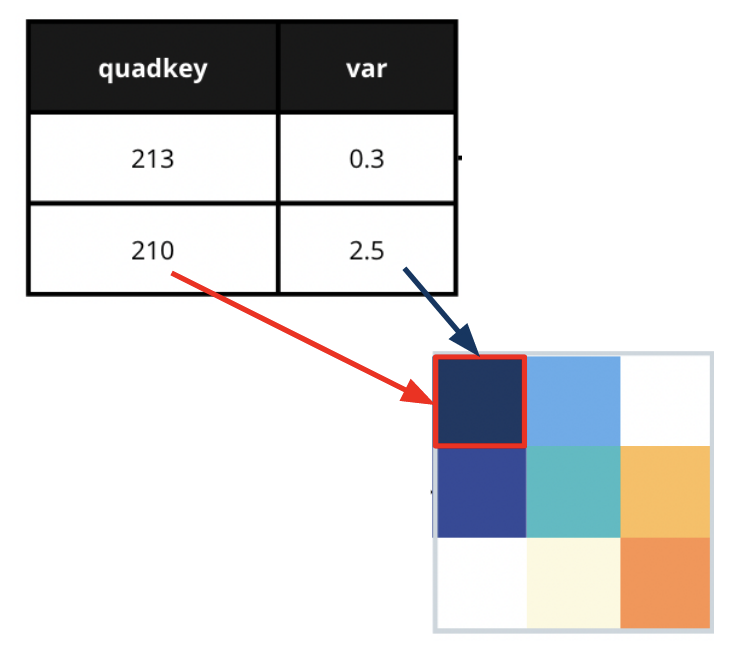
1 - Software package
Facebook Mobility Data
1. From a QuadKey to a simple features dataframe

Facebook Mobility Data
2. Generating a Raster Image from Quadkey-Identified Data
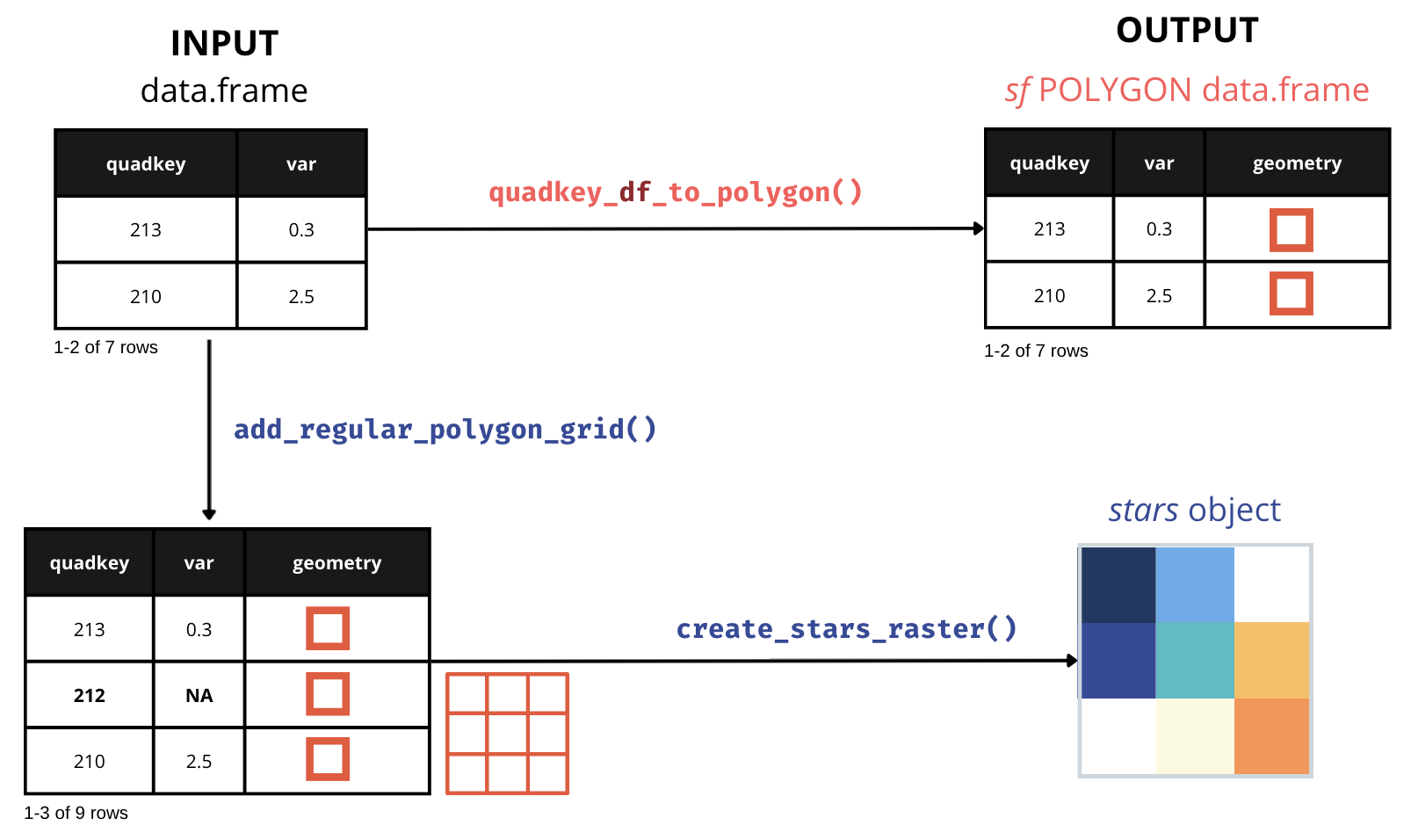
Facebook Mobility Data
3. Converting Facebook Mobility QuadKey-identified Datasets into Raster Files
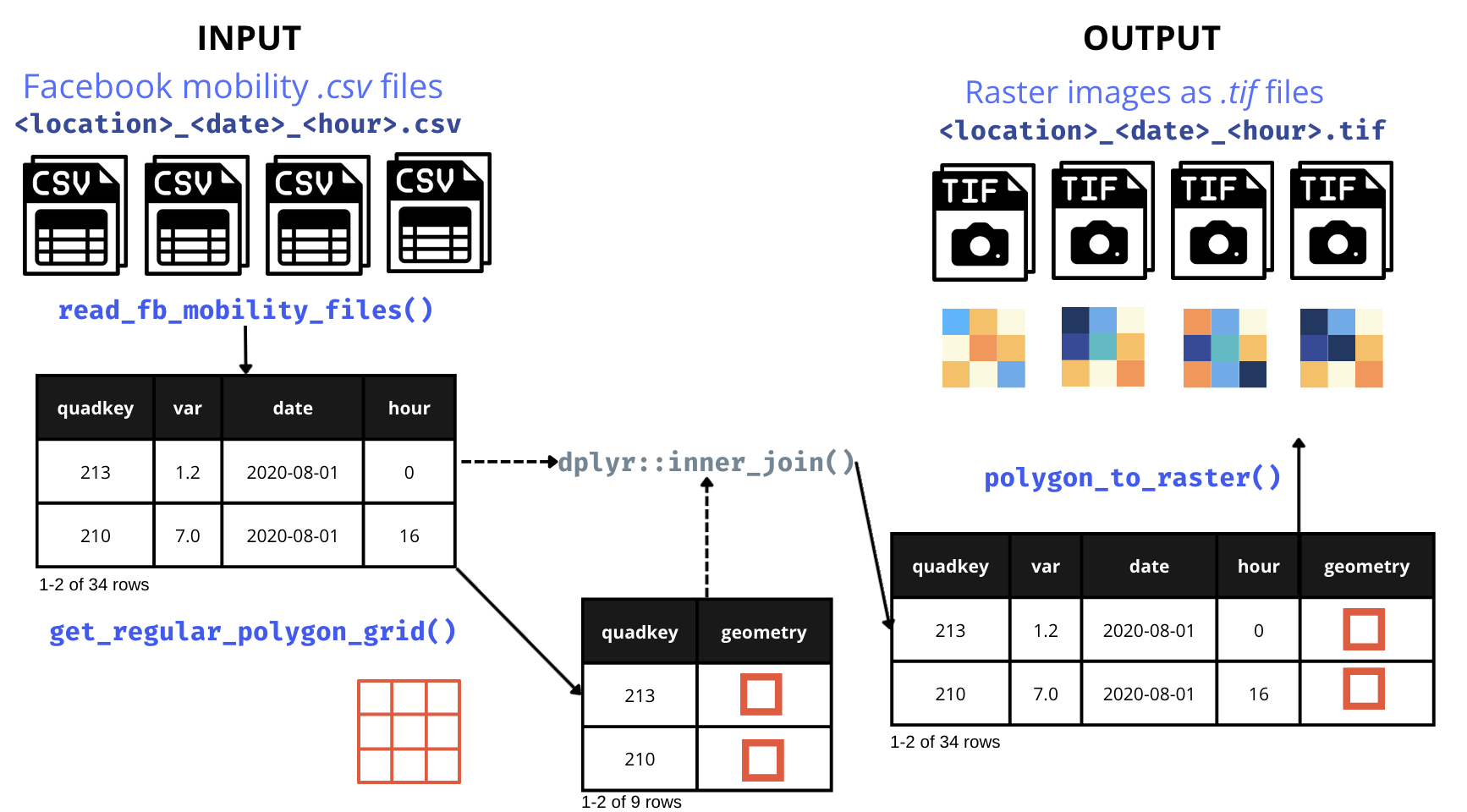
Why create a software package?
- Makes it easier to reuse functions.
- Improves code quality (i.g. tests, documentation).
- Ensures computational reproducibility.
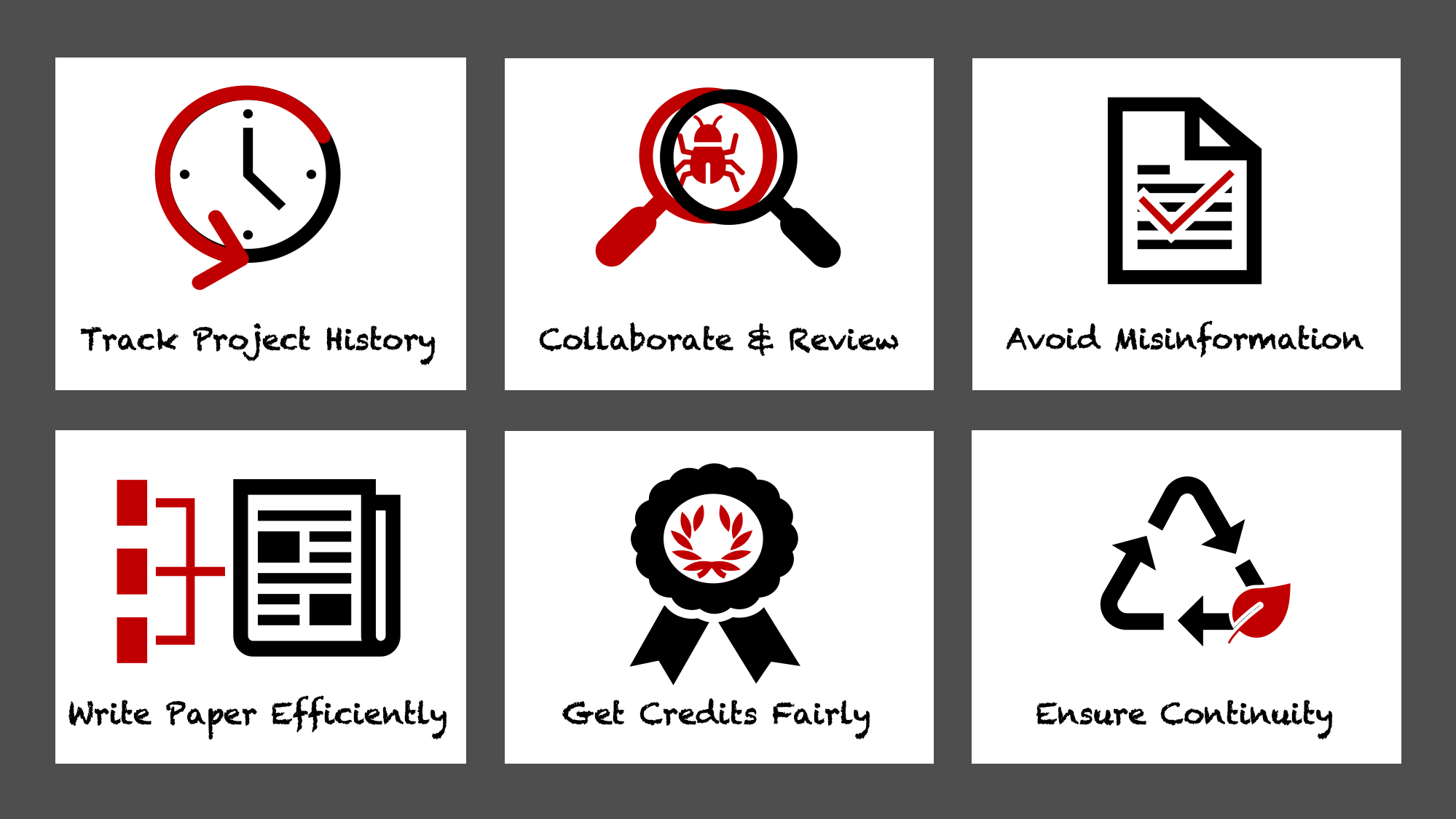
Image source: The Turing Way Handbook
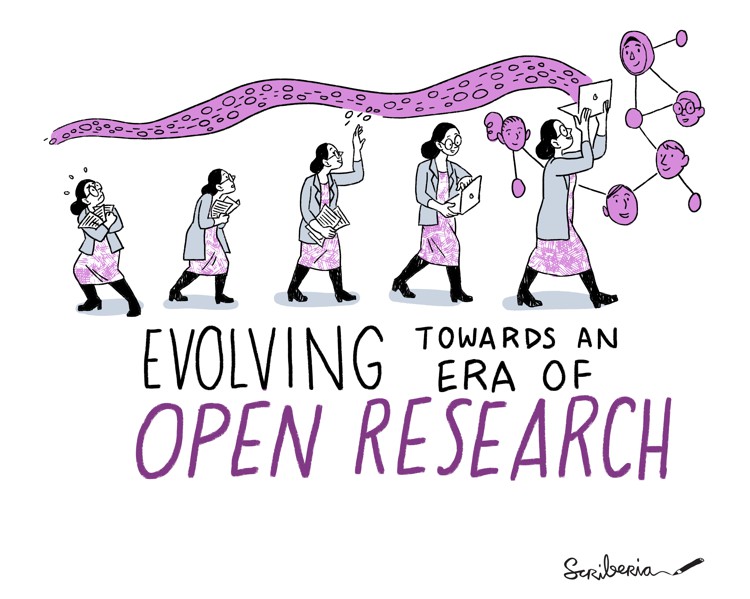
R package: quadkeyr
D’Andrea F, Fernandez P (2024). quadkeyr: Tools for converting QuadKey-identified datasets (Microsoft’s Bing Maps Tile System) into raster images and analyzing Meta (Facebook) Mobility Data. R package version 0.1.0,
rOpenSci peer-review
Transparent, constructive, non adversarial and open review process
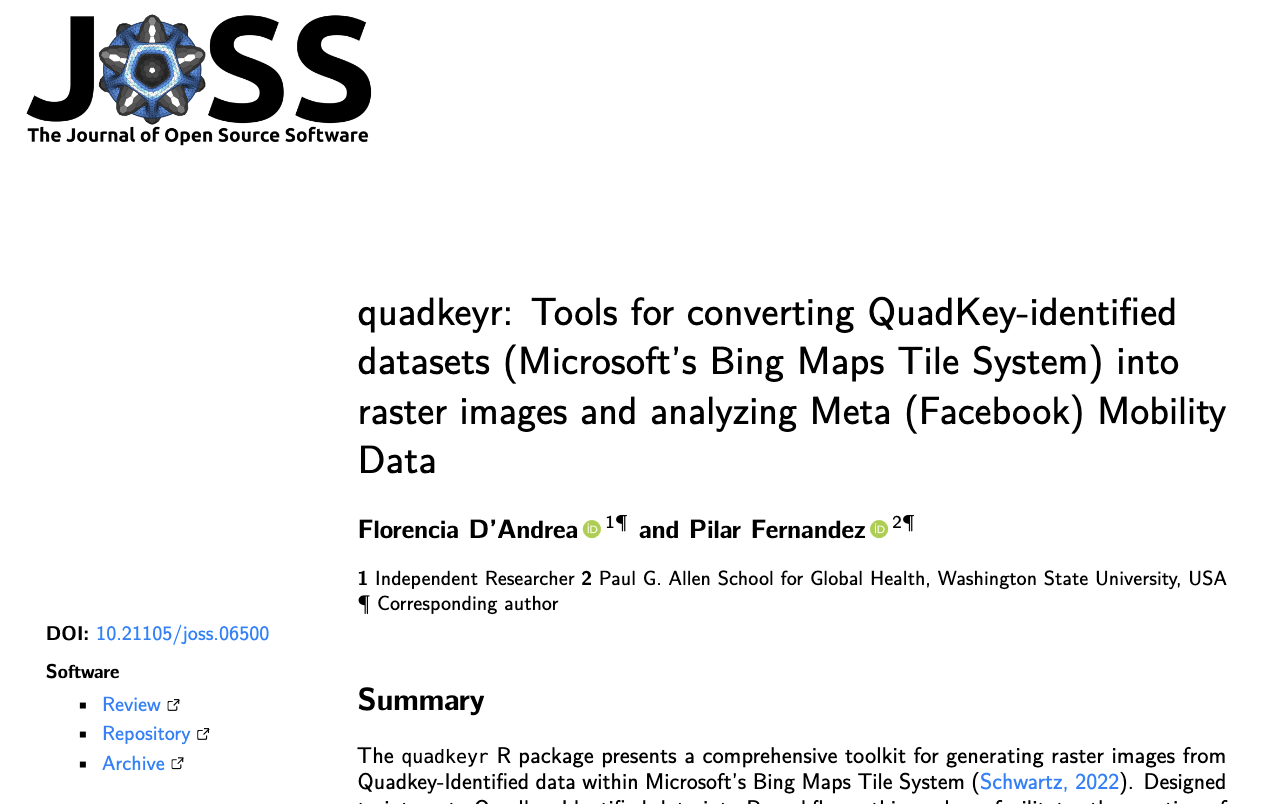
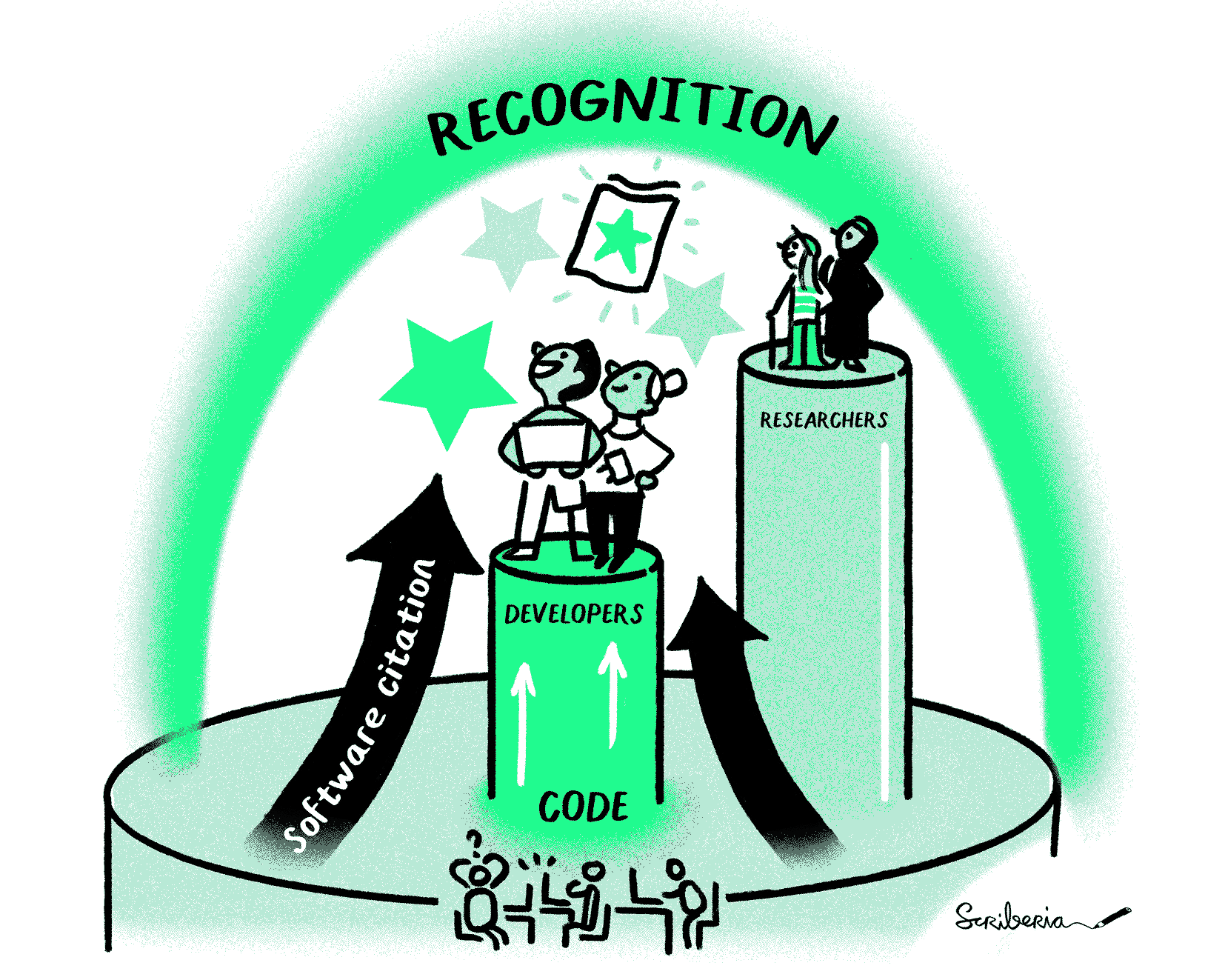
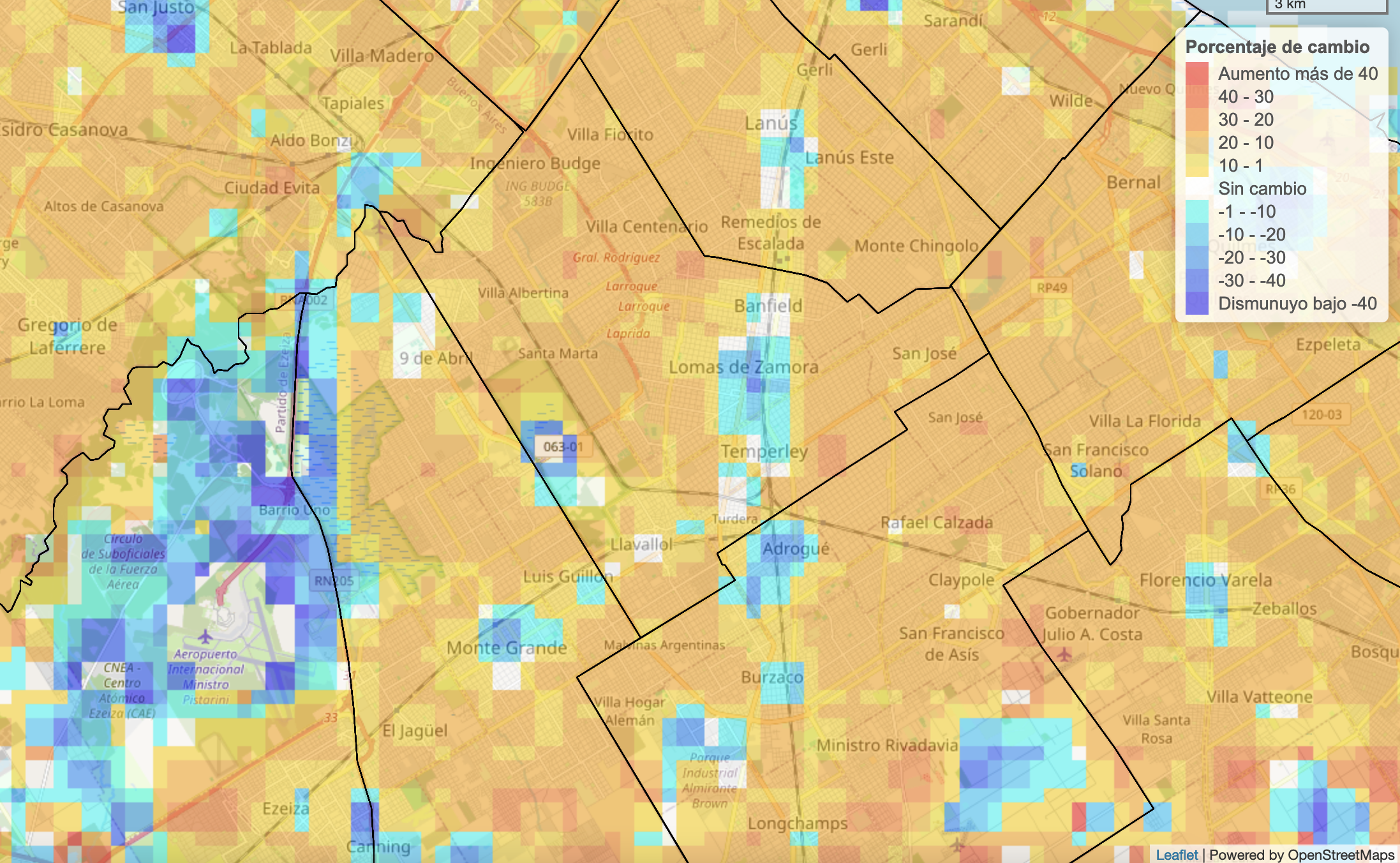

Raster images produced with quadkeyr allow to visualize Facebook Moility Data on a map
2 - Dashboard
GeoCovidAR
Integrate city mobility information with daily reported COVID-19 cases

Tab 1: General exploration

Tab 2: Departments

Tab 2
You can download a report

Tab 3: Average percent change by department and COVID-19 cases

GeoCovidAR App integrates COVID-19 and Facebook Mobility Data
Where lives the project data?
Website: GeoCovid Buenos Aires
Overview
Overview
R package. - quadkeyr R package.
Dashboard. - R-Shiny app GeocovidApp.
Website. - Quarto Website.
Database. - PostgreSQL database.
Conclusions
The spatial distribution of cases and the human behavioral component are essential to understand the dynamics of transmission.
quadkeyrallows for converting Facebook mobility data into raster images.GeoCovidARenables the integration of ecological components with the complexity of human behavior.
Conclusions
quadkeyr and GeoCovidAR are flexible tools adaptable to different scenarios
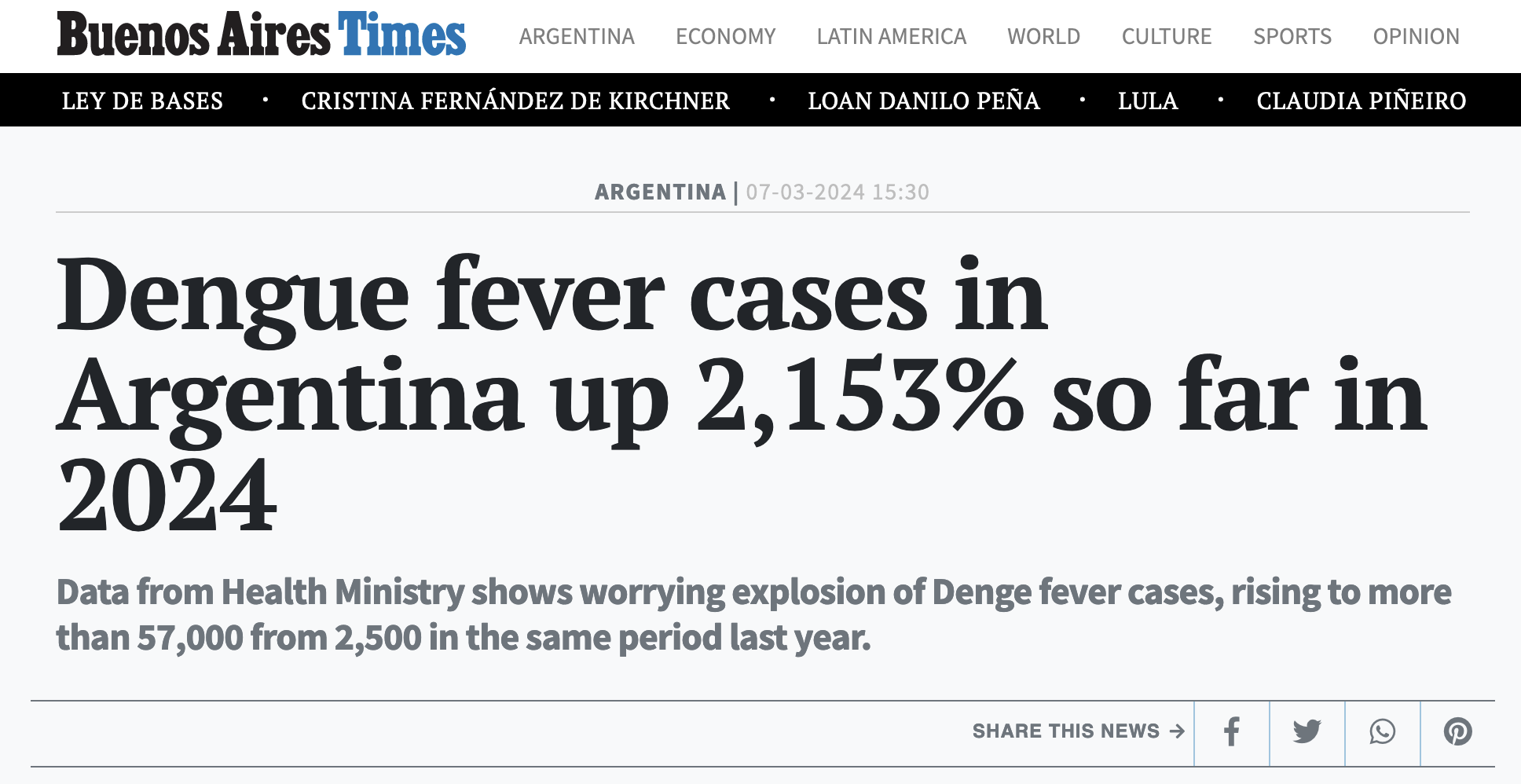
Funding


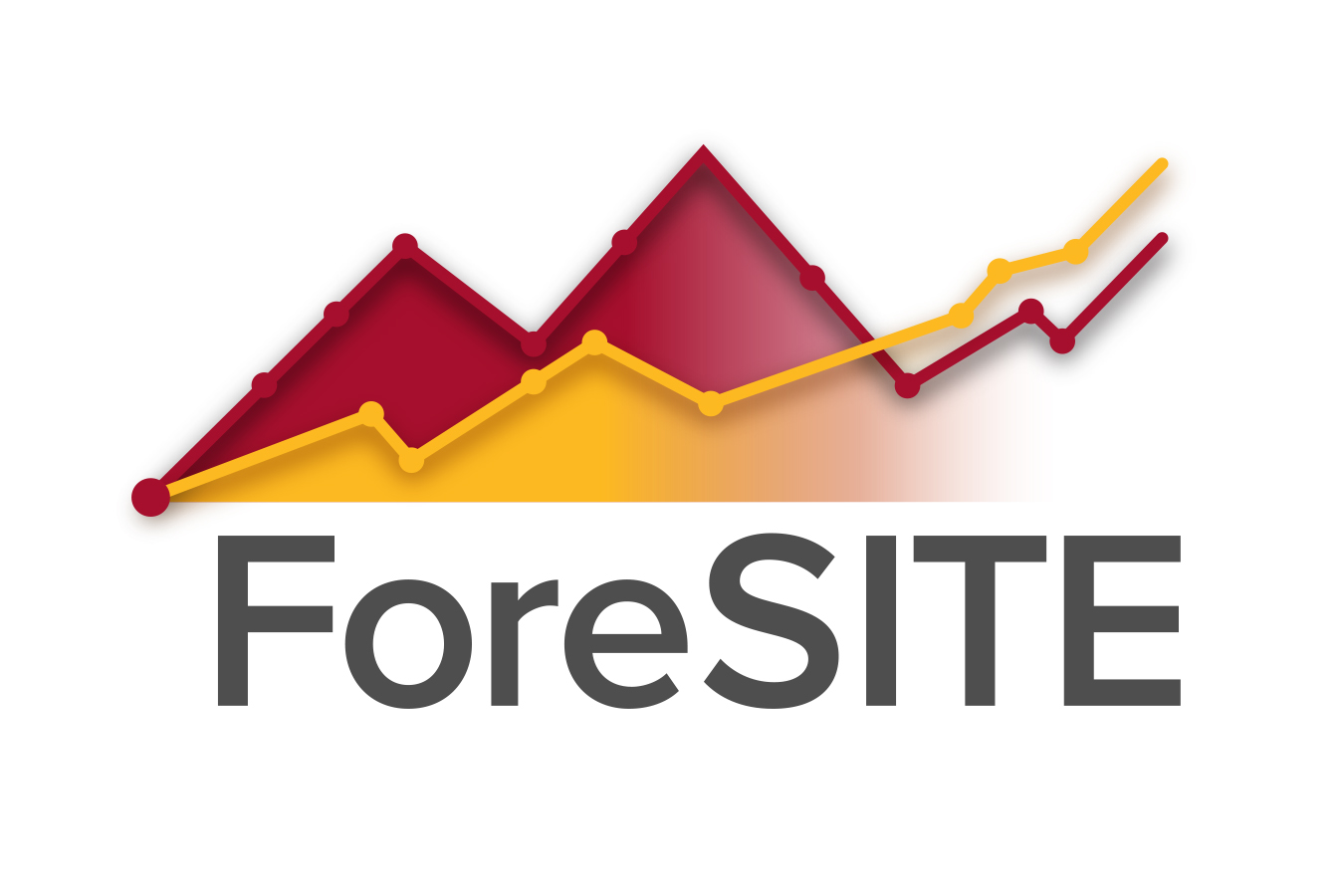

The contents are responsibility of the authors and do not necessarily represent the official views of the Centers for Disease Control and Prevention.
Dr. Florencia D’Andrea
Designing software tools and visualizations to help solve research problems
Thank you!


